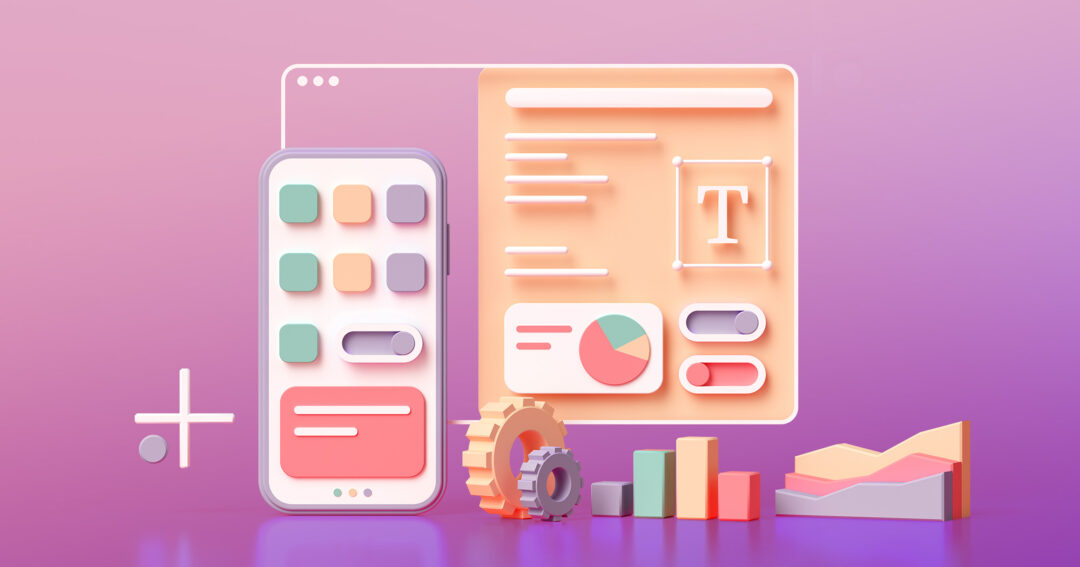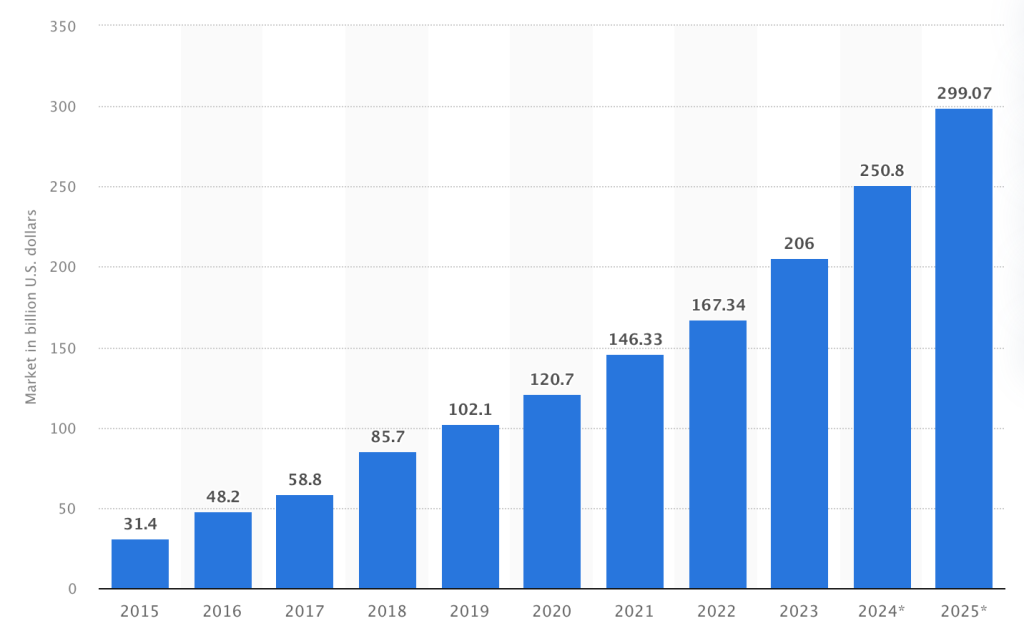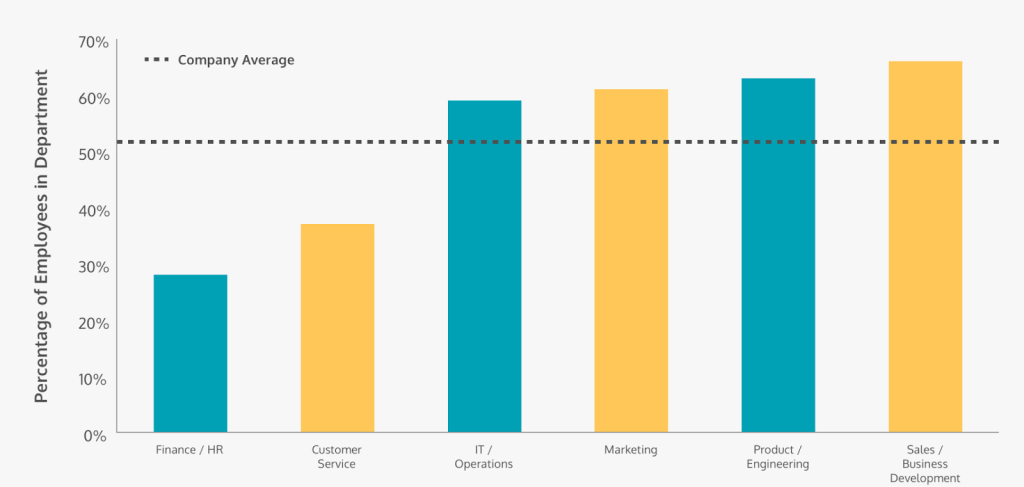SaaS solutions may have been around for decades, but the sector has seen rapid growth in recent years. And, no surprise, this growth has led to plenty of SaaS sales opportunities.
However, with so much competition, knowing where to get started can be challenging. Whether you’re interested in getting your first SaaS sales role or launching your own business in this niche, this guide will cover everything you need to know about SaaS sales.
What Is SaaS Sales?
SaaS sales is the process of selling online software delivered via a subscription-based model.
Unlike old times with CDs, Software as a Service (SaaS) users can “rent” software with a subscription model rather than having to buy it outright.
This means SaaS sales require a significantly different approach. Rather than simply closing a sale and moving on to the next lead, SaaS sales effectively means asking prospects to keep buying, either monthly or annually.
What Is the Difference Between Selling SaaS and Selling Other Products or Services?
While you might think that selling is selling no matter your product, there are several core differences between selling a SaaS product and anything else. Here are the four most important ones:
- Recurring revenue: In traditional sales, once you have closed your sale, you receive the sales revenue, and that’s it. In SaaS sales, you sell a long-term subscription; recurring revenue comes from the customer.
- Retention: You cannot forget about the customer when you sell them the product. Instead, you must constantly stay in touch and cater to their needs to keep their subscription.
- Value delivery: You must ensure that the value they get from your product increases over time. It can be in the form of bug fixes or adding new features.
- Data-driven sales: SaaS analytics have a lot of client behavioral data. Using metrics such as MRR, engagement, churn, and LTV lets you improve your performance. For instance, 98% of teams using sales data achieve their quotas compared to 55% of those who don’t.
So, SaaS sales come with an array of advantages, such as access to data that can significantly improve your performance.
SaaS Sales in 2025: Emerging Trends and Market Insights
Another advantage of SaaS sales is that it develops quickly. The main reason is that the SaaS model has become dominant making it easier for businesses to sell digital products efficiently.
Credit: Statista
So, let’s look at the most prominent trends in the world of SaaS sales for 2025.
The Rise of AI in SaaS Sales
AI is the technology of the decade. Of course, AI tools and features pop up in the SaaS sales space, too.
Some of the most prominent features in SaaS sales are AI chats that can handle preliminary client communication and automatic transcription and summarization of client calls.







